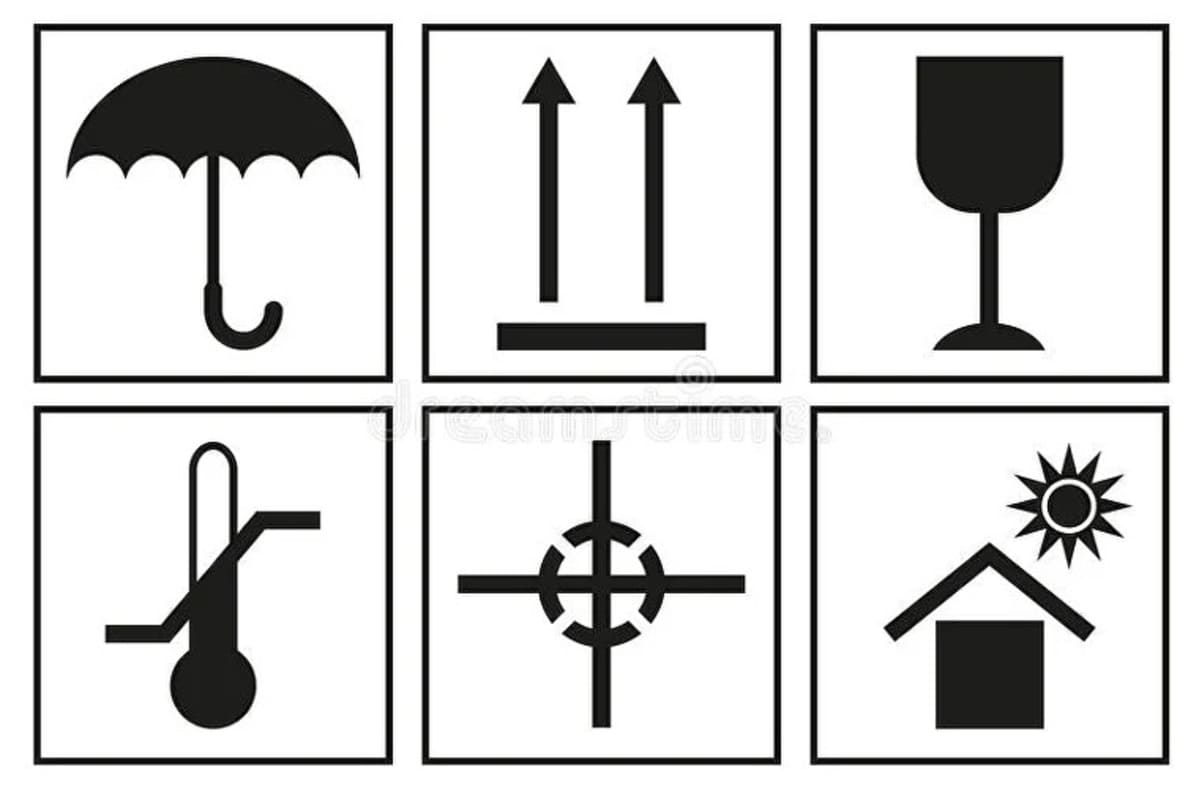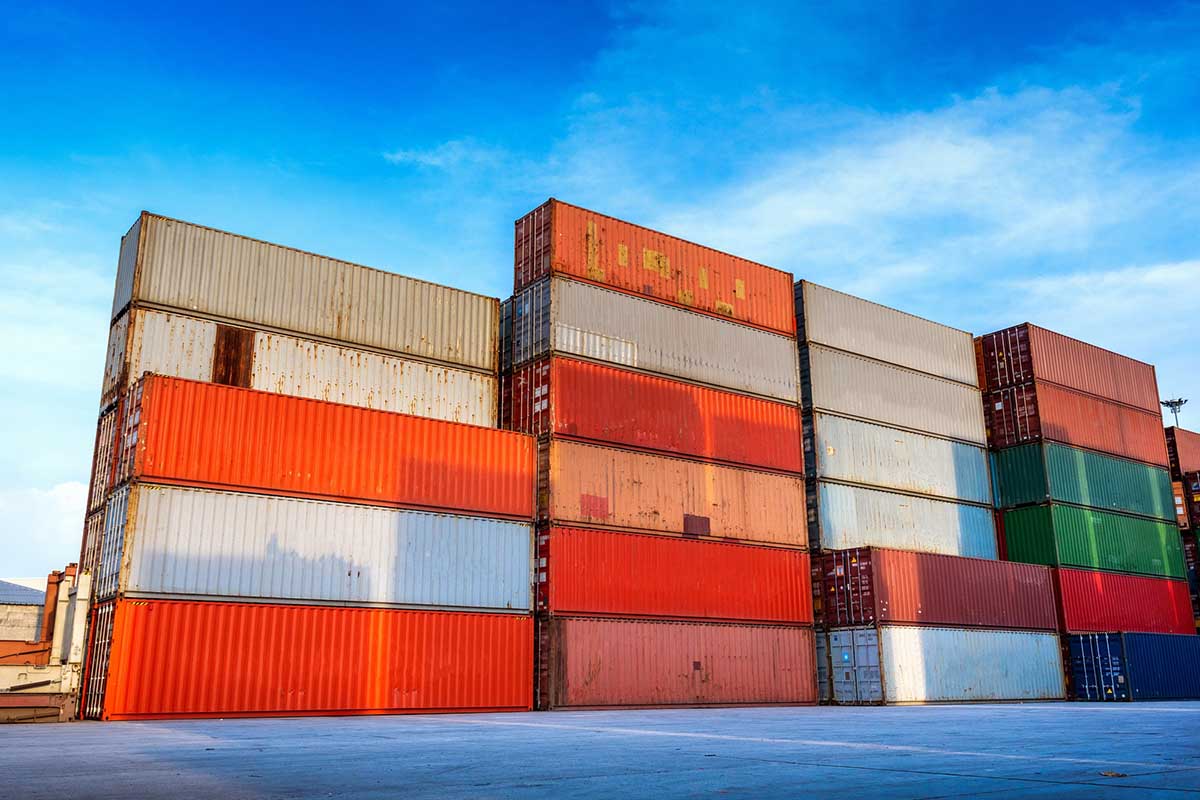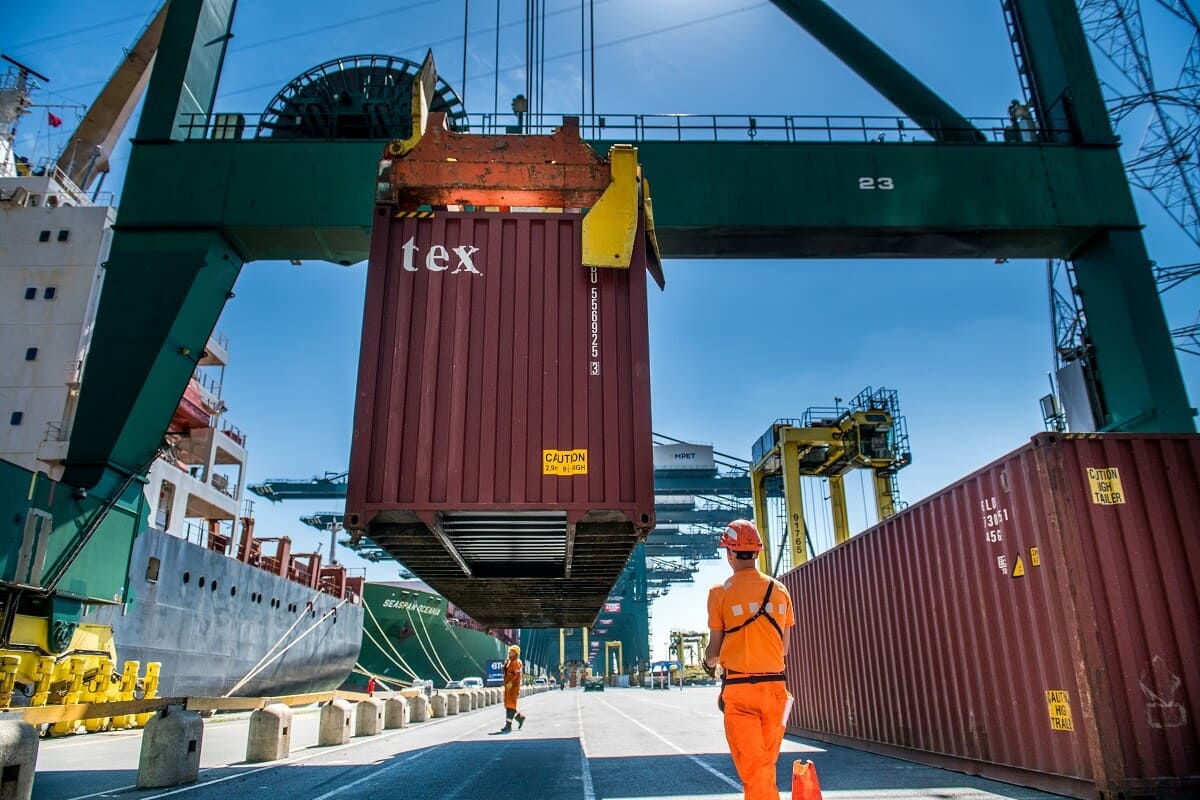
Article content:
Shipping marks are specific symbols and marks placed directly on the container or box to ensure safe and secure cargo delivery. These marks are standards that are recognized universally and expressed in a clear and visually understandable way. If the package is not marked correctly, the shipping company cannot be responsible for any potential damages or losses to the product.
Proper packaging and labeling of cargo is crucial to ensure that warehouse staff can handle it without causing any damage. When goods are marked and packed correctly, they remain intact and are safely transported to their destination.
Cargo markings are applied in various ways:
RFID tags are one of the latest innovations in logistics. These are electronic devices that use radio frequency electromagnetic fields for automatic identification and tracking of items. Unlike barcodes, RFID tags do not require direct visibility for information to be read. This type of transport marking speeds up the processing of cargo.
These markings simplify the distribution of goods not only in transport hubs but also in warehouses/sorting centers.
Cargo markings play a huge role in logistics. If a pallet or box does not have the necessary information on the packaging, it can lead to:
Any delays primarily result in financial losses, so cargo labeling is extremely important.
Regardless of the country of origin, all marking labels must strictly comply with established international requirements:
If the inscriptions are illegible, this may cause issues at the border. A professional customs broker is always aware of such nuances, so working with intermediaries helps avoid these problems.
If the cargo contains hazardous components, flammable liquids, or toxic materials, the box must be labeled with special hazardous goods stickers. These labels must be durable, easily readable, and large enough for individuals handling the cargo to understand how to act during its packaging, transportation, storage, loading, and unloading.
The seller may, at their discretion, place information on the box and pallets. However, it is important that it contains all the essential data required for transportation and customs clearance.
The following information must be present on the boxes and crates:

If a pallet is used for transportation, it must also have the following information applied:
The markings are attached to the film of the stack of cardboard boxes/crates in which the products are packaged.

Each transport container is marked with a range of labels. Some of these are applied during its manufacturing stage, while others are added during its registration by the transport company. For example:
If you are a buyer, you do not need to worry about the markings. They are applied by the senders, who generally know exactly how to handle this process. However, if you have specific requirements or preferences, you can communicate them before the shipment.

Purposes of cargo marking:
When exporting goods, they must be classified and marked with special signs for transportation safety.
Additional inscriptions are displayed beside the mandatory signs:
When providing information about a cargo, it is important to include both its dimensions and volume in cubic meters. However, if the object is smaller than 1 m3, it is unnecessary to specify its volume. Additionally, all inscriptions related to the cargo export must be in the recipient's language. This is similar to the requirement for importing goods.
If the shipper in China is not familiar with the proper way of packing and marking the cargo for delivery to your country, a reliable logistics service can be highly beneficial. The logistics company will take responsibility for applying all the necessary inscriptions, signs, and handling marks on the container and packages. This ensures that the cargo will not be delayed during transit and will reach the destination in the best possible condition.
You are welcome to contact DiFFreight. We will handle everything!

